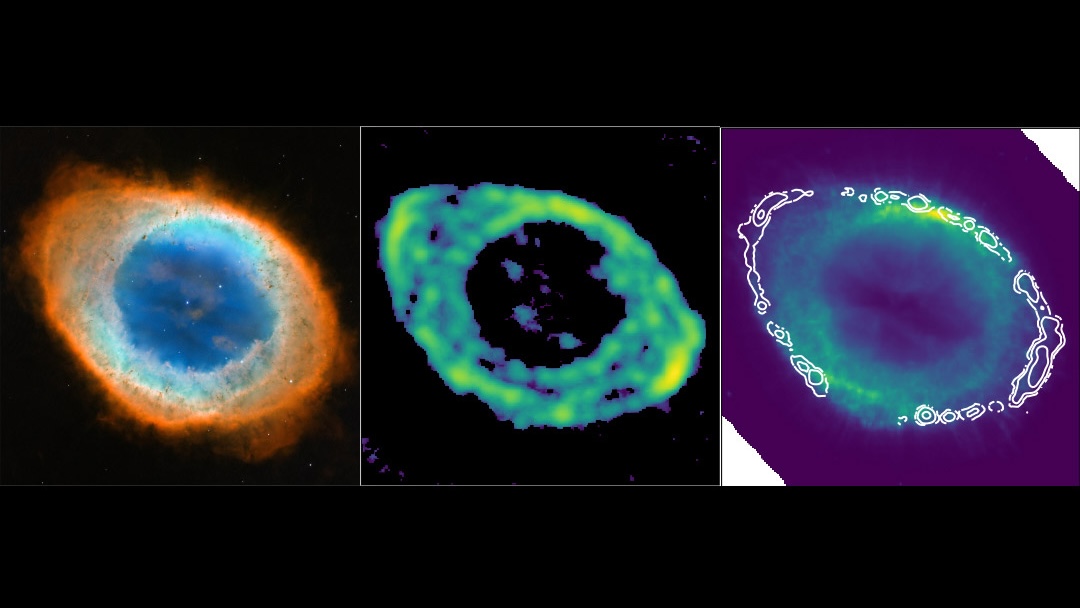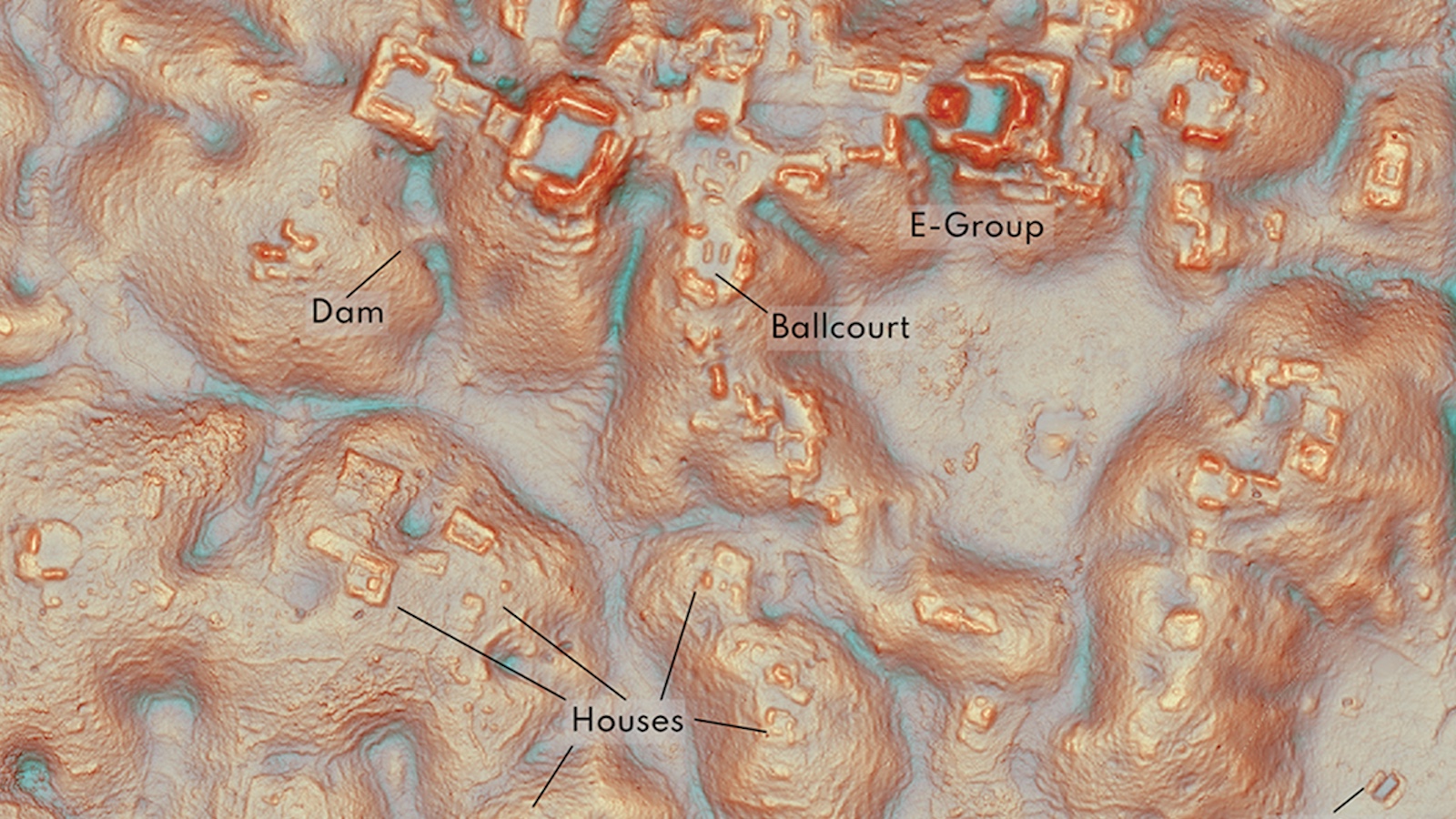New Analysis of Einstein’s Brain Reveals the Biology of Genius

What’s the Latest Development?
Anthropologist Dean Falk recently completed the most thorough analysis yet of Albert Einstein’s brain, suggesting that the roots of genius are anchored in the biology of the brain. Published in Brain, the study is based on the most comprehensive collection of post-mortem images compiled to date, “showing that Einstein’s cerebral cortex, responsible for higher-level mental processes, differs much more dramatically than previously thought from that of your Everyman of average intelligence.” The study creates a ‘road map’ of Einstein’s brain based on images of 240 blocks of tissue separated during his autopsy.
What’s the Big Idea?
While the size and shape of Einstein’s brain were normal, convolutions (folds) on the outside surface of his cerebral cortex proved very complex in specific regions of different lobes of the brain. Falk explains the significance of these findings: “As our ancestors’ brains increased in size, there was a tendency for more convolutions to appear in the cortex. The convolutions are a way of increasing volume in the brain in a closed container like the skull. The convolutions are also important because they may be indicative of the extent of connections beneath the brain’s surface.”
Photo credit: Wikimedia Commons





